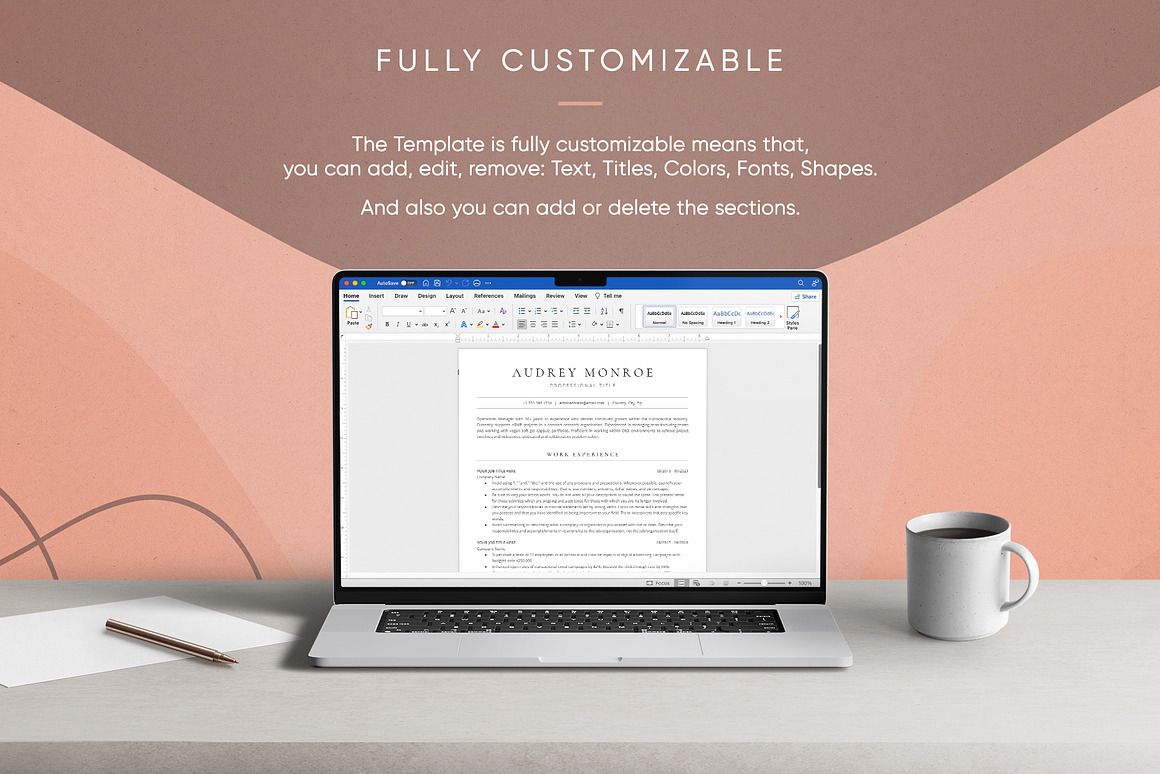In the digital era, new terms, phrases, and platforms constantly emerge, shaping the way we communicate, learn, and interact with technology. One such term that has been gaining attention is “duaction.” While it may sound like a coined or hybrid word, its interpretation and application span across education, technology, productivity, and innovation. In this article, we will explore the concept of duaction, its possible meanings, real-world uses, and why it matters in today’s fast-changing world.
What is Duaction?
The word duaction is a blend of two parts:
- “Du-” which comes from Latin, meaning “two” or “double.”
- “Action” which means a process of doing something, an act, or movement toward achieving a goal.
So, in its simplest sense, duaction means taking two actions at once, or combining dual efforts to achieve a particular objective.
It can refer to:
- Multitasking in productivity, where two actions or processes are carried out simultaneously.
- Blended approaches in education, combining traditional and digital learning.
- Hybrid systems in technology, where dual processes are integrated for better efficiency.
- Collaborative human interaction, where two individuals or groups work together in action.
This flexibility makes “duaction” an appealing concept for innovation across multiple industries.
The Rise of Duaction in Education
One of the strongest fields where duaction has relevance is education. In modern learning, educators often combine theory with practice, offline with online, or traditional teaching with interactive methods. This dual-action model is what many educationists are referring to when they use terms similar to duaction.
Examples of Duaction in Education:
- Blended Learning: A student attends a classroom lecture (traditional) but also uses an online platform for assignments and quizzes (digital).
- Project-Based Learning: Reading theoretical concepts while simultaneously applying them in real-world projects.
- Dual Language Instruction: Teaching students in two languages at the same time for better global adaptability.
The duaction learning model empowers students by giving them multiple ways to absorb knowledge, making education more flexible, inclusive, and effective.
Duaction in Technology
In technology, duaction can describe systems that function with dual processes for efficiency. Modern devices, apps, and platforms often use two actions working in sync to improve results.
Examples in Tech:
- Smartphones running dual-core processors: Allowing multiple applications to run at once without slowing down.
- Cloud and On-Premises Hybrid Models: Businesses use both cloud storage and physical servers simultaneously.
- AI and Human Collaboration: Where artificial intelligence supports human decision-making, combining two forces into one action.
Thus, duaction technology is about integration and efficiency—combining the best of two worlds for optimal outcomes.
Duaction in Productivity and Lifestyle
Another area where duaction is impactful is in personal productivity. In today’s fast-paced world, multitasking is often seen as a necessity, though research shows that true multitasking can reduce efficiency. However, duaction promotes smart dual-action strategies that maximize output without causing burnout.
Lifestyle Examples:
- Listening to educational podcasts while exercising: Learning and fitness combined.
- Cooking while watching a tutorial: Gaining new skills while performing a task.
- Walking meetings: Discussing business ideas while improving health.
This lifestyle interpretation of duaction emphasizes intentional dual action, not mindless multitasking. It’s about blending two compatible actions that complement each other and add value.
Duaction in Business and Innovation
In business strategy, duaction reflects the importance of dual approaches. Companies today cannot rely on a single model—they need innovation combined with tradition, online combined with offline, automation combined with human creativity.
Business Applications of Duaction:
- Hybrid Marketing Campaigns: Running social media ads (digital) while hosting in-person events (traditional).
- Dual Revenue Models: Businesses earning through product sales while also offering subscription-based services.
- Workplace Flexibility: Employees working both remotely and in-office under hybrid models.
This dual-action approach helps businesses remain competitive, resilient, and adaptive to market changes.
Duaction in Healthcare
Healthcare is another sector where duaction plays a major role. Doctors, researchers, and healthcare providers often combine two complementary actions for better patient outcomes.
Healthcare Examples:
- Telemedicine + Physical Checkups: Virtual consultations combined with in-person care.
- Preventive + Curative Care: Educating patients to prevent illness while also offering treatment options.
- Human + AI Diagnostics: Doctors using AI-driven tools to confirm and improve accuracy of diagnoses.
Here, duaction ensures better efficiency, accuracy, and patient satisfaction.
Benefits of Embracing Duaction
Across industries, duaction provides numerous benefits:
- Efficiency – By combining two compatible actions, tasks can be completed faster.
- Adaptability – Duaction models allow flexibility, making it easier to shift with changing times.
- Innovation – Many groundbreaking ideas come from blending two different approaches.
- Inclusivity – In education and healthcare, duaction makes systems more accessible to diverse groups.
- Sustainability – Businesses that combine traditional and modern methods are more sustainable long-term.
Challenges of Duaction
Like any approach, duaction also comes with challenges:
- Overload: Trying to do too much at once can backfire if actions are not complementary.
- Complexity: Dual systems often require more management and resources.
- Training: People may need new skills to adapt to duaction methods.
- Cost: Implementing dual-action strategies can be expensive at the start.
Despite these challenges, the long-term benefits of duaction often outweigh the drawbacks.
Future of Duaction
Looking ahead, duaction is likely to become more mainstream. The future will increasingly be hybrid, dual, and collaborative. From education and healthcare to technology and lifestyle, dual-action approaches will help individuals and organizations thrive.
We may soon see:
- Duaction-powered AI tools that allow people to complete two related tasks simultaneously.
- Duaction schools where physical classrooms and virtual spaces are fully integrated.
- Duaction workplaces blending automation with human creativity for maximum productivity.
In short, the future belongs to those who master duaction.
Conclusion
The concept of duaction is more than just a word—it’s a framework for how we live, work, and innovate in the 21st century. By embracing dual actions, whether in education, business, healthcare, or personal productivity, we unlock new levels of efficiency, creativity, and adaptability.














